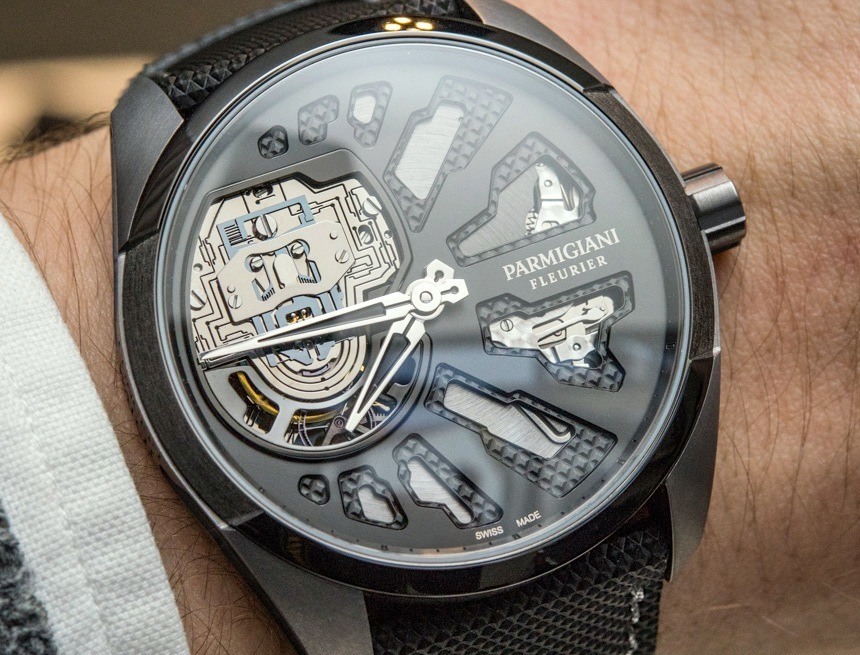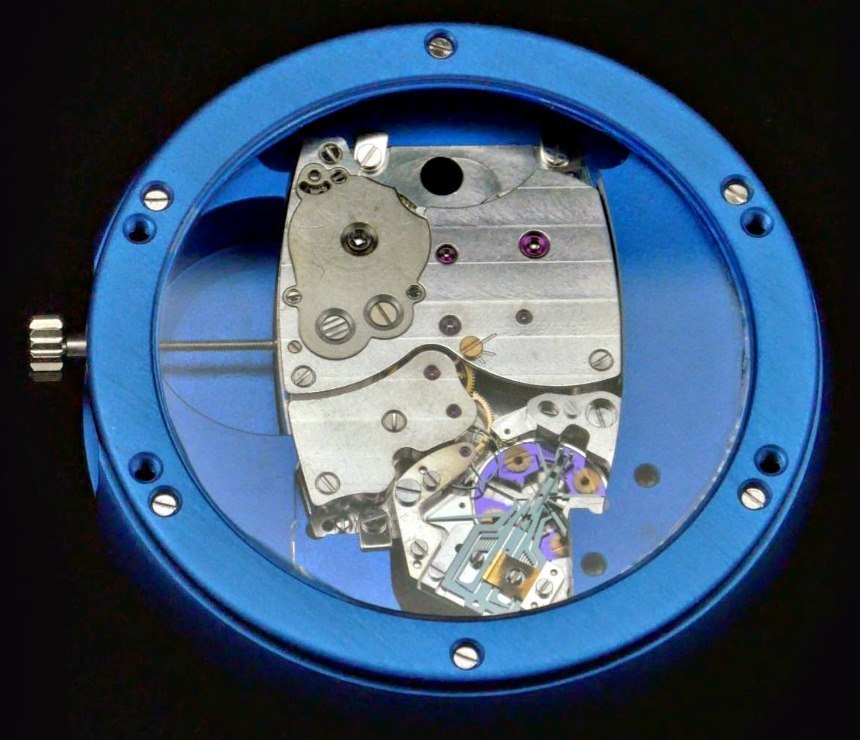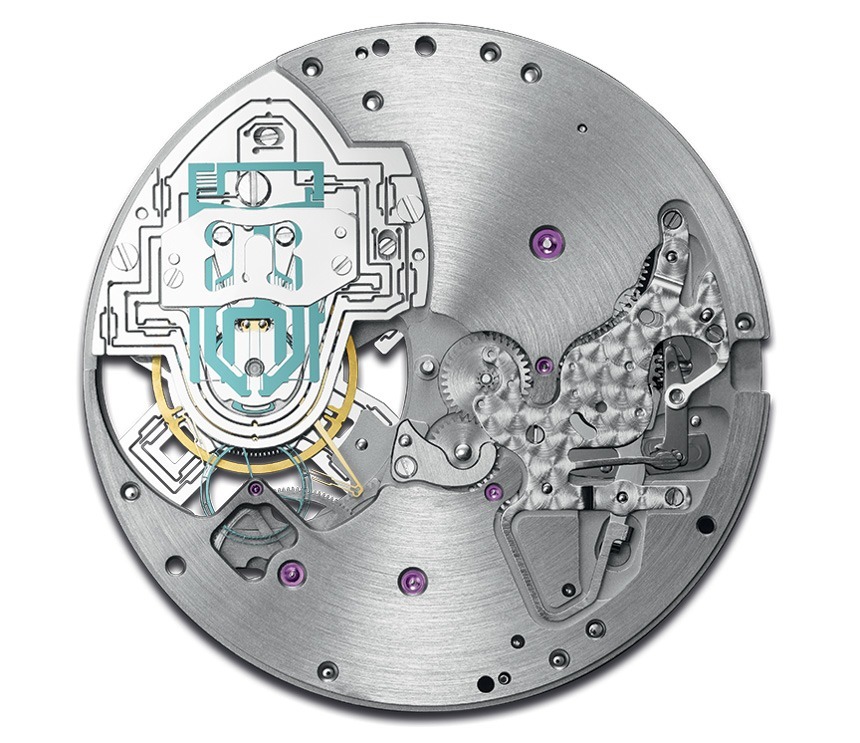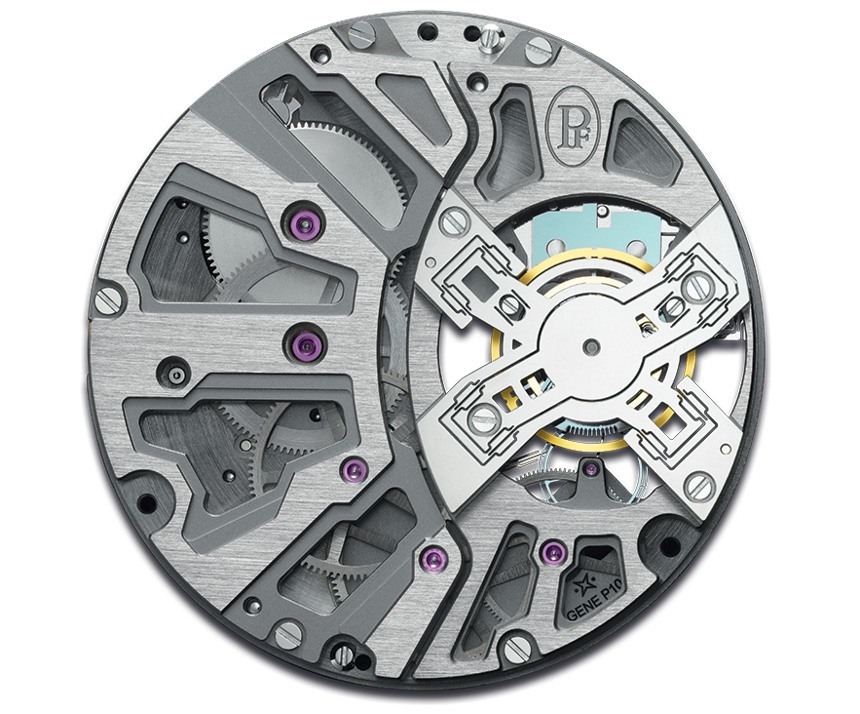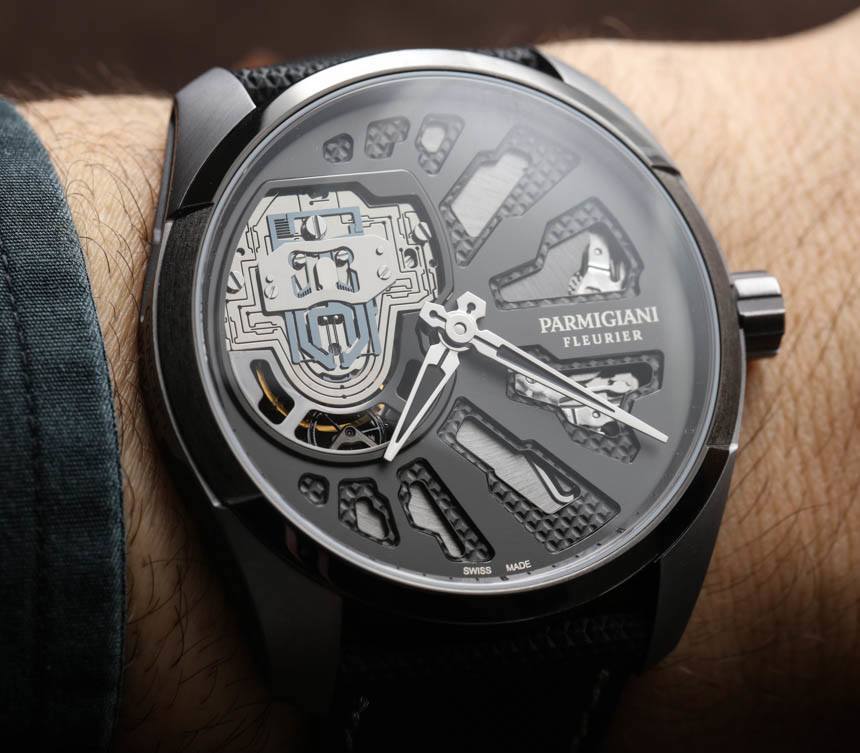
For 2016, Parmigiani has succeeded in putting their long-awaited Genequand system into a wrist watch. The materialization of almost a decade of work – presented on the brand’s 20th anniversary – is a concept watch called the Senfine. The system inside, if successful in an industrialized environment, could lead to a major disruption in how we measure the performance of mechanical watches.
Trade shows like SIHH are places with fewer and fewer secrets. Much of the time, prior to our set meetings with brands, we typically know exactly what we are going to be presented with. The age of social media sharing and rapid internet distribution hasn’t just allowed eager people to share information, but it has also caused pressure on brands to use these channels for their more important announcements in order to earn some of the “social noise” that comes with major trade show events.
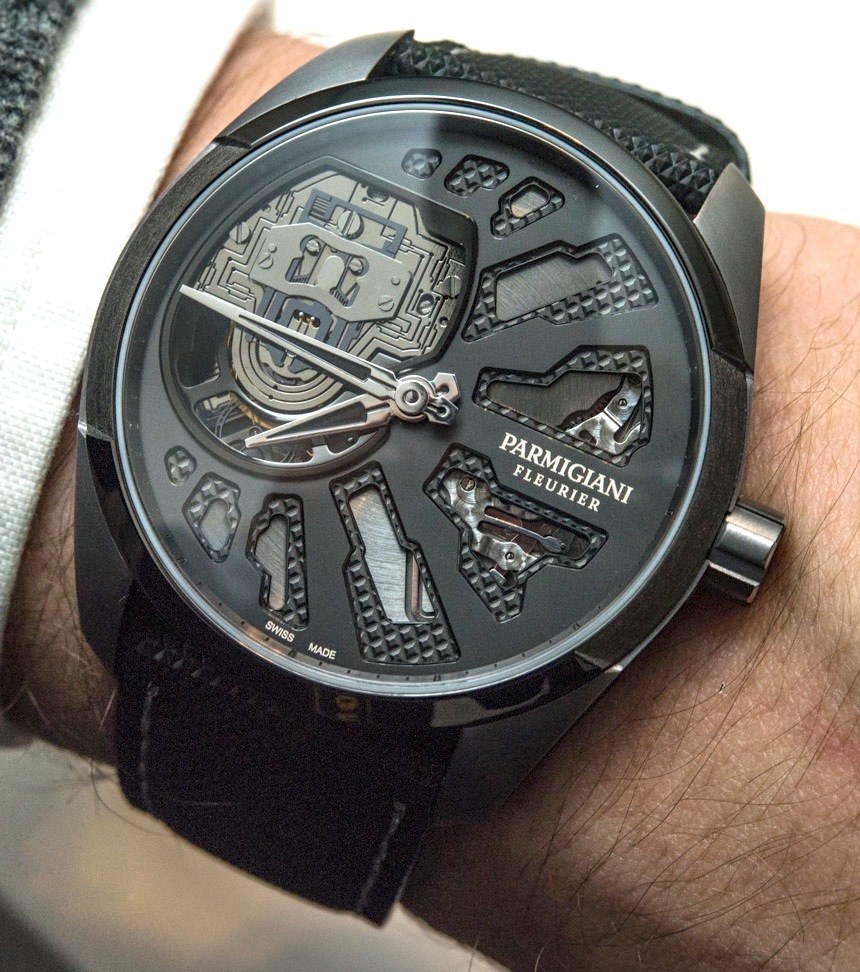
Other members of the aBlogtoWatch team dutifully monitor the digital static for news and updates – a crucial part of our ability to share the most relevant and up-to-date information with you, our audience. With that said, I sometimes like to refrain from ruining the surprises that Swiss watch brands like to prepare with carefully curated presentations complete with curtain-pulling and often presentation videos.
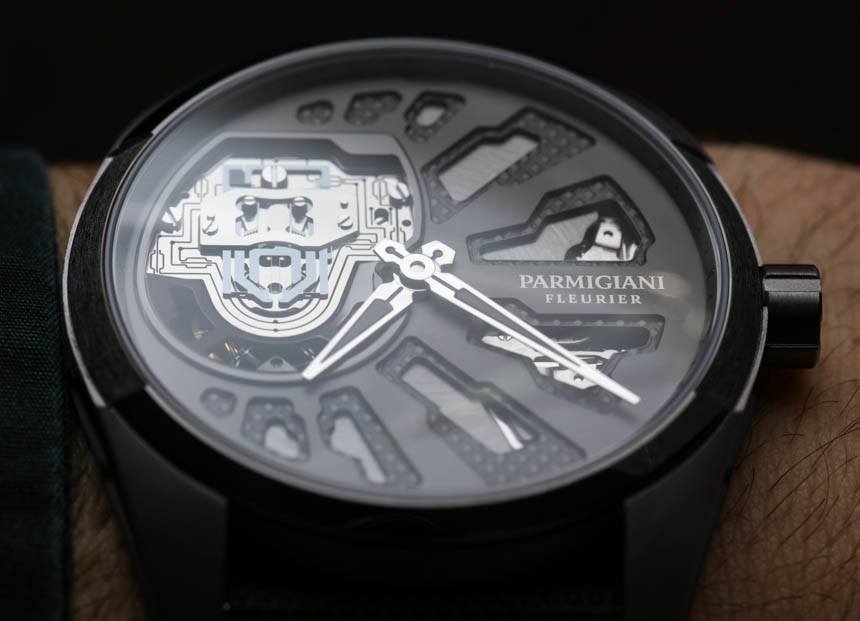
At SIHH 2016, Parmigiani almost lackadaisically presented a completed concept watch (of which a few pieces may be sold) called the Senfine. The term translates into “eternity” and is the physical working manifestation of a concept I had actually written about back in 2014, as the brand quietly announced their dedication to making the Genequand System – a new silicon-based mechanical watch regulator – a reality.
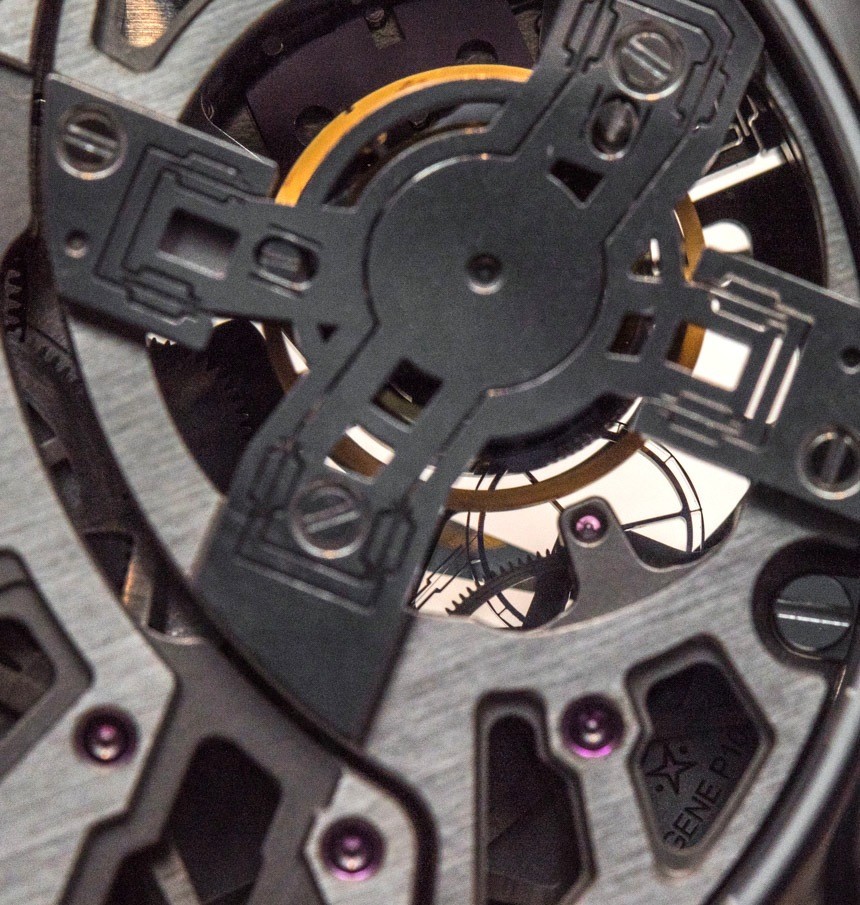
Even as the Parmigiani Senfine is now a concept watch, Parmigiani promises production in some way or another no later than 2018. The concept watch the system is housed in looks spacey and techie – a modern watch nerd’s dream incarnate, as it feels like a timepiece born out of a silicon motherboard.
When Parmigiani – through their movement company Vaucher and some skilled engineers from the CSEM (Swiss Center for Electronics and Microtechnology) – first debuted the realization of Pierre Genequand’s idea a few years ago, it was difficult to understand what it would be like in real life. The promises were lofty, with claims that by simply implementing this new system, the power reserve of a normal mechanical watch would increase to 30 days… which, perhaps, seems like “forever” in the world of mechanical watchmaking. Even the “eternity” name of the Parmigiani Senfine concept alludes to the fact that the system is about longevity. Oddly enough, at the 2016 presentation of the Parmigiani Senfine concept watch, little about the long power reserve promises was mentioned. In a very uncharacteristic way, Parmigiani was proud but very reserved in their discussion of the Parmigiani Senfine concept. They knew it was special, but they didn’t want to start making promises until it was really and truly ready for prime time.
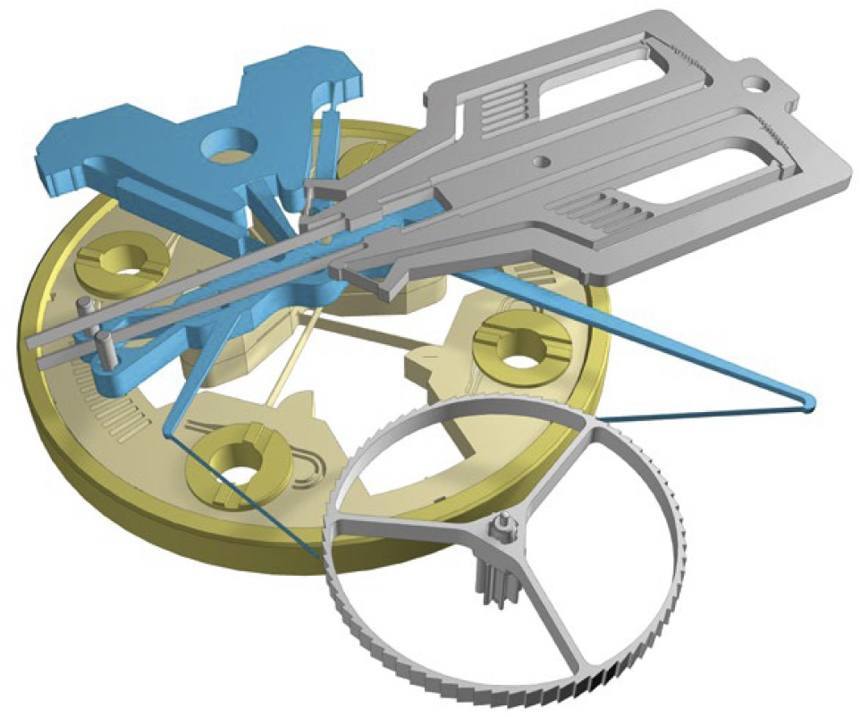
The balance (yellow) is attached to the base of the pallet fork (blue) which is in permanent contact with the escape wheel (grey)
Let me get to heart of the matter – which is a deviously simple system with a pantheon of devils in the details. The Parmigiani Senfine’s regulation system consists of two major “monolithic” elements. These two “one-piece” components are the Senfine oscillator (the system’s version of a balance wheel) and the Senfine grasshopper escapement (a hyper-modern version of an age-old mechanical watch concept). Each of these parts is produced from single pieces of highly precision-cut silicon, and rely on the material’s special elastic properties, lack of needing lubrication, and being mostly impervious to the effects of temperature changes.
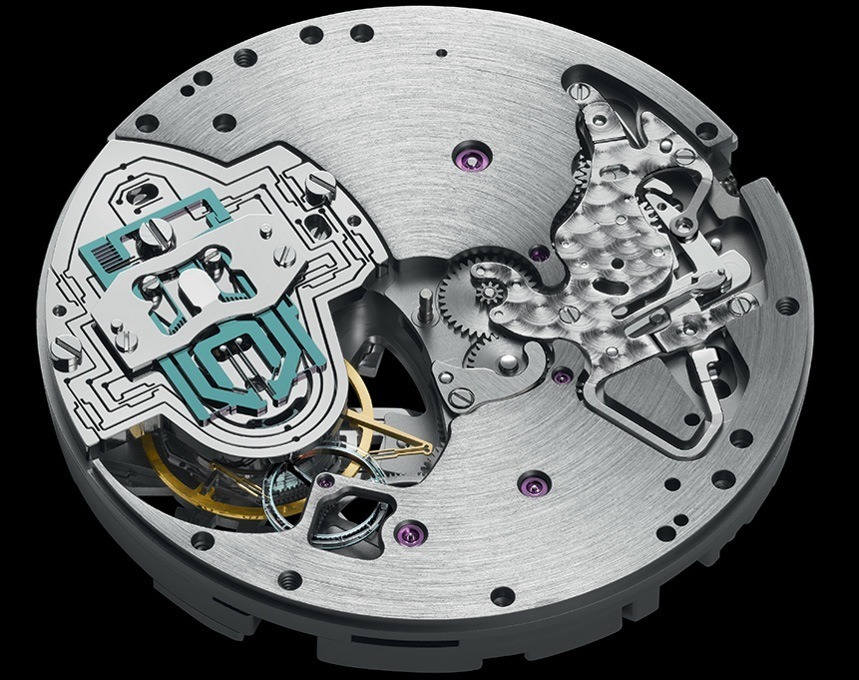
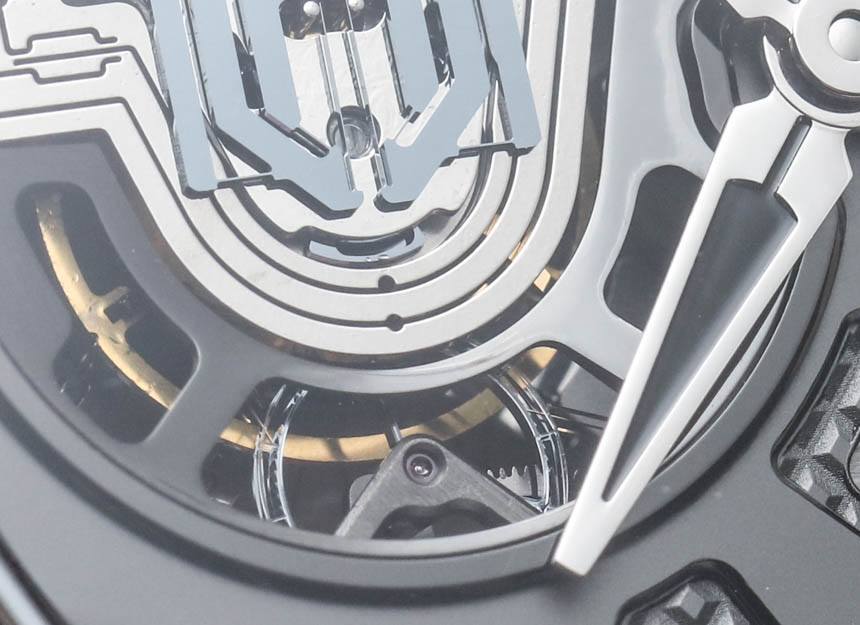
The first thing to know about the Parmigiani Senfine is that its oscillator has a dramatically reduced amplitude as compared to a traditional balance wheel. In mechanical watch terminology, amplitude is a measure of the “swing” of a balance wheel. The greater the amplitude the greater the “back-and-forth” motion as the wheel oscillates. Increased amplitude means a lot of things, but it also means greater room for error as well as more power required. Many watch makers today producing “traditionally romantic” watch movements prefer producing large, high amplitude balance wheels because they have a more elegant, and mesmerizing look to them. Performance wise, though, they often leave much to be desired.
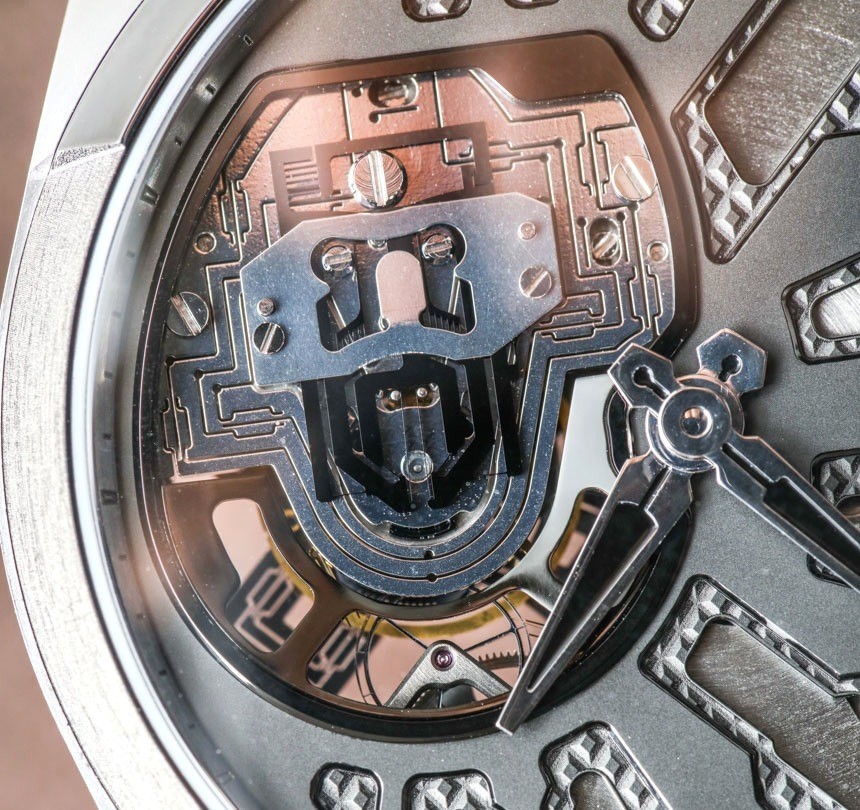

Amplitude is measured in degrees, like the arc of a circle. Consider that most balance wheels have an amplitude of around 300 degrees (give or take). That is almost a complete turn each time the wheel goes around. Consider then that the Senfine oscillator has an amplitude of only 16 degrees. By comparison, this is an extremely short throw, requiring a lot less movement, with less opportunity for rate-error-producing deviations.
Connected to this short 16-degree amplitude is a non-traditional grasshopper escapement which, unlike the Swiss lever escapement, never actually leaves the oscillator disc. One piece is always touching the oscillator and this “direct impulse-style” system has been relied upon for years in some special clocks, but rarely, if ever, in a wristwatch.
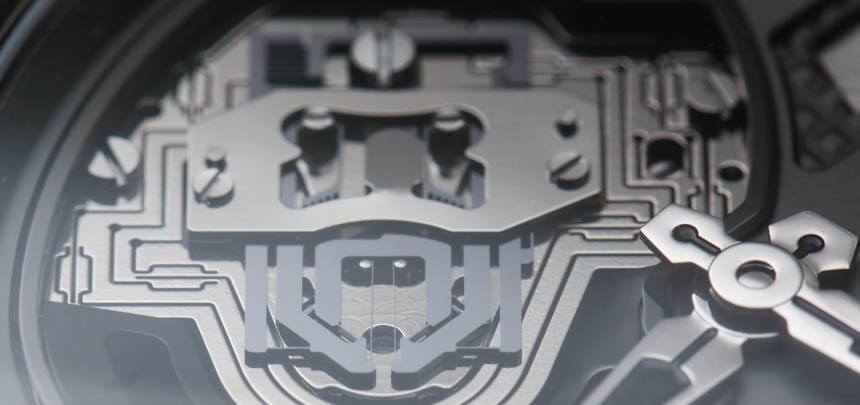
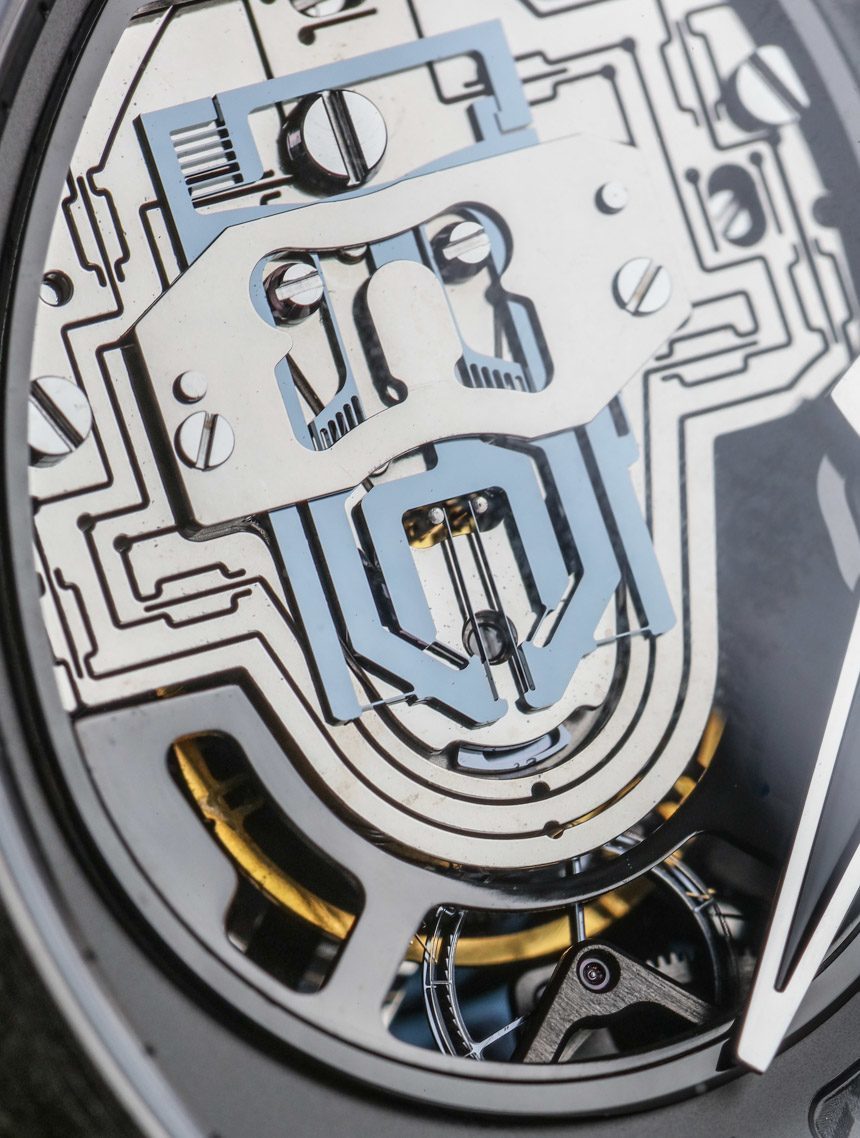
Silicon offers the ability to have monolithic pieces which have flexible joints and bendable parts. Careful science, intense algorithms, and experimentation are required to get these parts’ shapes just right. The result, however – when successful – is, in this case, a scant few parts to produce an entire regulation system. A system which has some inherent shock-absorption qualities does not require lubrication due to its mostly frictionless operation and is, of course, not affected by magnetism.
In addition to the scant 16-degree amplitude of the Parmigiani Senfine oscillator, the system operates at a frequency of 16Hz (115,200bph). Compare this to a standard mechanical oscillator which operates at 4hz. This four-time increase in frequency theoretically allows for even more accuracy in a system that, if properly designed, could increase accuracy to a rate deviation of just a few seconds per week. Right now, Parmigiani claims that the Senfine system operates within COSC Chronometer standards (probably a very easy feat for the system to accomplish), but my guess is that potential accuracy is much greater than performance of the -4/+6 seconds per day that COSC certification requires.
And then there is the matter of power reserve. Once again, for this working concept watch, Parmigiani has not made impressive promises for the Senfine, but the system, when closer for prime-time use, should have an impressive power reserve offering. Will it be the 30 days or more that Parmigiani promised a couple years ago in 2014? That will be difficult to say, but the company does appear to be putting an enormous amount of effort into the system as being something they will fully industrialize sooner rather than later. None of this would presumably be happening if Senfine and the realization of the Genequand System were merely marginally better than traditional mechanical watch regulation systems.
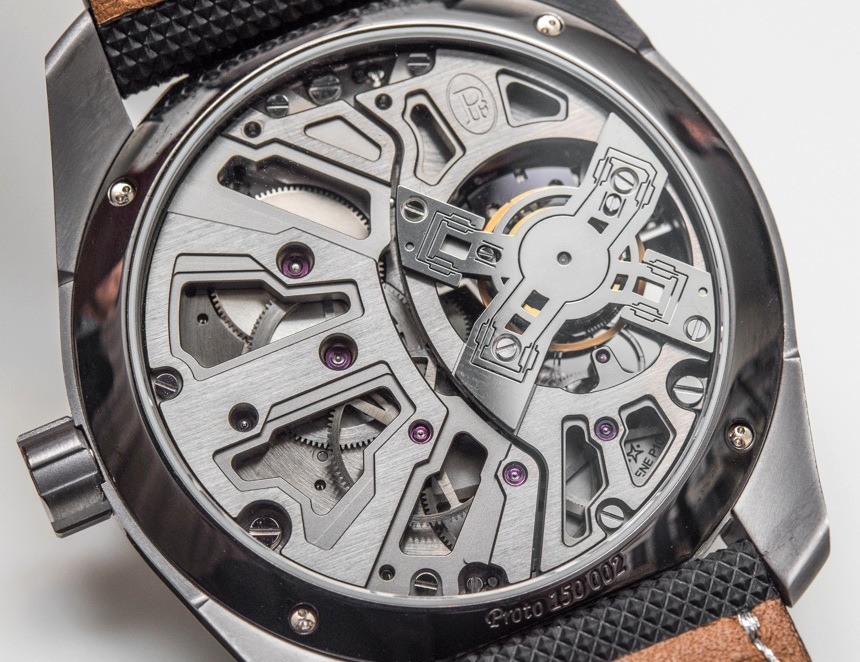
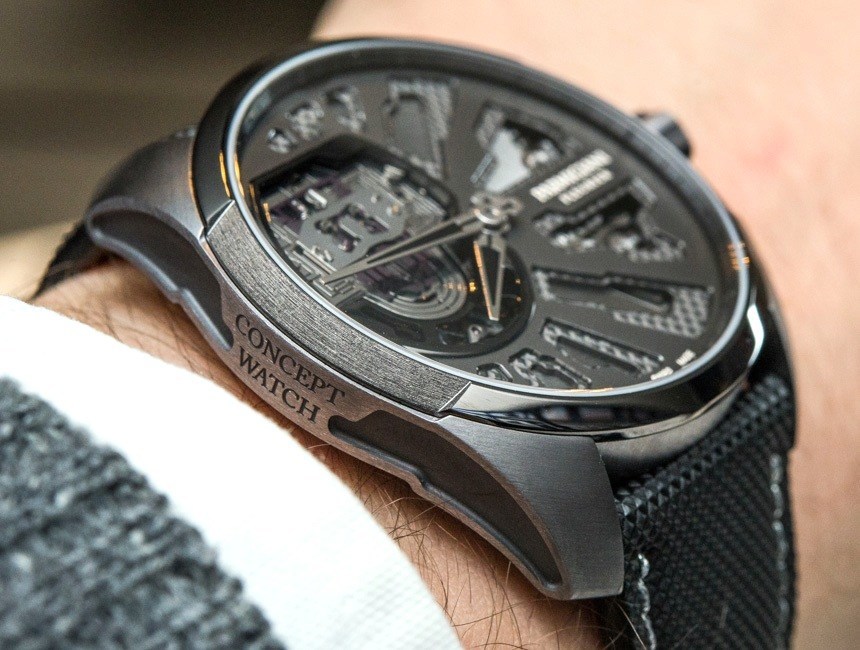
There is, of course, the looming matter of “tradition.” The thorn in the Senfine’s side will be the system’s reliance on silicon – a material that the traditional Swiss watch industry continues to struggle with (sort of). Despite many of the clear mechanical and performance benefits of silicon, the material still has two major problems (if you wish to see it that way). Don’t forget that mechanical watches are purchased these days for their beauty, art, technique, and rarity. No one requires a mechanical watch to know the time. For strict chronometric measurements, you are always better offer with an electronic digital device.

